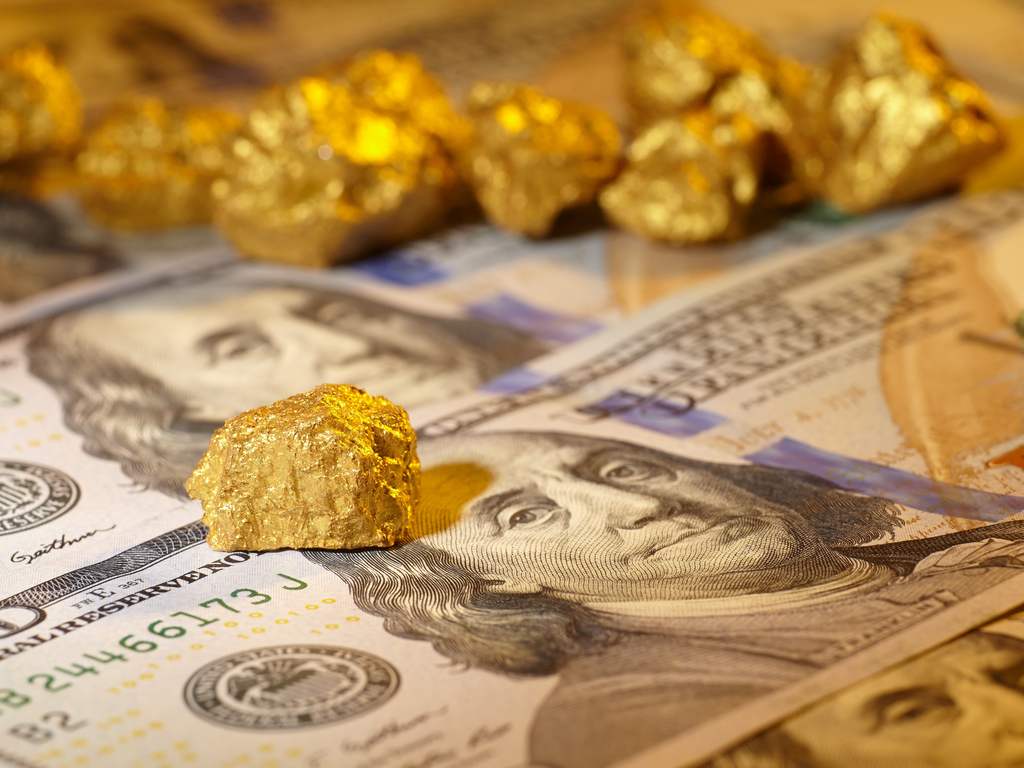
Lagos — Gold continues to set a new temporary high of $3,145/oz, marking a significant milestone in its upward trend.
This growth is supported by an ideal environment, including concerns over U.S. government tariff measures, global geopolitical instability, expectations of Federal Reserve (Fed) interest rate cuts, and strong central bank demand. These are all factors driving capital flows into gold as a safe-haven asset, helping the precious metal maintain strong momentum throughout the first quarter.
As a defensive asset against risks, gold has risen nearly 20% in Q1 2025, recording the largest quarterly increase in nearly 40 years. Financial market volatility, especially investors’ risk aversion to uncertainties, has made gold the preferred choice.
The VIX index (which measures market volatility) increased by 25% in Q1, reflecting investors’ defensive demand. Meanwhile, history shows that whenever the VIX exceeds 30, gold prices tend to rise by an average of 12% over the next three months.
Geopolitical risks are also a key driver of gold’s rally. Tensions in the Middle East, conflicts in Europe, and instability in certain other regions continue to increase demand for defensive assets. In this context, gold is not only a value-preserving tool but also an effective hedge against political and economic fluctuations.
Another significant factor supporting gold prices is central bank purchases. Recent reports indicate that China, India, and several other countries are continuing to increase their gold reserves, contributing to a stable upward trend in prices.
After gold surpassed the $3,100 mark, many major investment banks raised their gold price forecasts for the end of 2025. Goldman Sachs currently targets gold at $3,300/oz, while Citi forecasts gold could reach $3,200/oz in the short term. Morgan Stanley has also adjusted its forecast, raising its 2025 average price estimate to approximately $2,763/oz. These adjustments reflect the strong confidence of major financial institutions in gold’s continued uptrend this year.
Finally, there are the tariff measures that President Donald Trump’s administration is expected to impose. These moves increase financial market uncertainty, prompting investors to seek safe-haven assets like gold. However, tariff-related information has already been partly reflected in gold prices over the past week. If President Trump delays the implementation of these policies, the market may witness a short-term correction in gold as investors take profits after a strong rally.
Currently, there is no economic data strong enough to change the Fed’s monetary policy. However, today the market will monitor several important economic indicators, including the Manufacturing Purchasing Managers’ Index (PMI) – March, ISM Manufacturing PMI – March, and JOLTS Job Openings – February. These data releases could influence market expectations regarding the Fed’s interest rate policy, thereby affecting short-term gold price movements.
*Linh Tran, Market Analyst at XS.com


